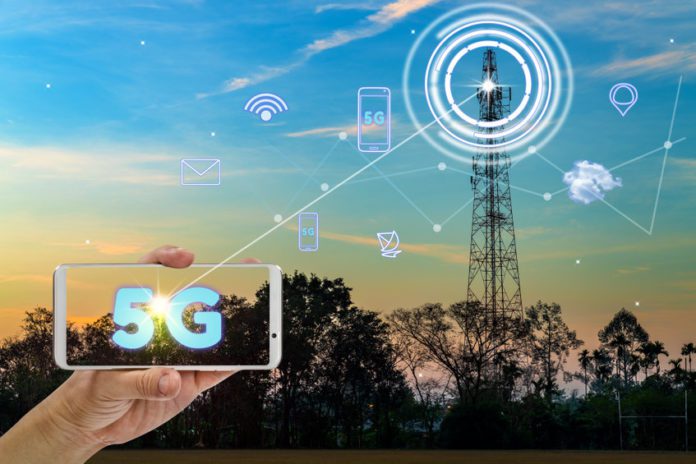New millimeter-wave 5G devices and chipsets have made significant progress in power use and compared to earlier iterations, according to new benchmark testing by Signals Research Group. SRG looked at the devices’ electrical current drain in relationship to bandwidth consumption for both uplink and downlink, and found a 180% improvement in current efficiency in the downlink.
SRG that this was accomplished through a combination of higher throughput and lower net current drain than devices achieved the last time it did such testing, which was in 2019. (The testing firm said that achievable bandwidth is a major factor in current efficiency.)
SRG tested several smartphones that had 5G chipsets from MediaTek, Qualcomm and Samsung, including three Samsung Galaxy devices (an S20 and two S22 models); Google’s Pixel 6a and even the 2022 Motorola Edge (which at the time of the testing was pre-release).
Ultimately, SRG concluded that there “wasn’t an obvious correlation between price and performance.
“One might expect a higher priced smartphone to outperform a mid-tier/entry-level 5G mmWave smartphone, but that hypothesis didn’t pan out,” the firm said in a preview of its report. The Motorola Edge “more than held its own against the Galaxy S22
smartphones, both with respect to RF performance and mmWave current efficiency,” according to SRG, while the Google Pixel 6a “lagged in both categories.”
Interestingly, SRG also noted a number of deployment variables that made it harder to test pure mmWave, now that operators are adding C-Band spectrum deployments and additional technology (in this case, Verizon’s network in downtown Minneapolis was used and the operator was testing MU-MIMO and had C-Band deployed). SRG reported that devices tended to revert to LTE in the uplink or “wander” onto C-Band even when RF conditions were good for millimeter-wave.
More information available from SRG here.

